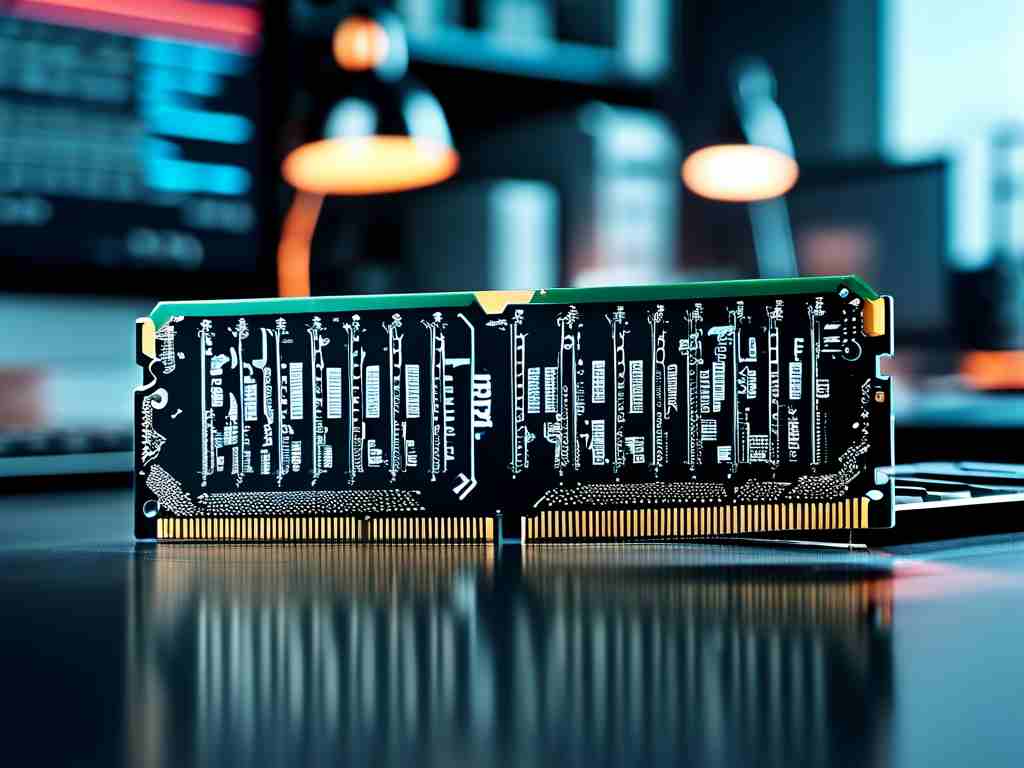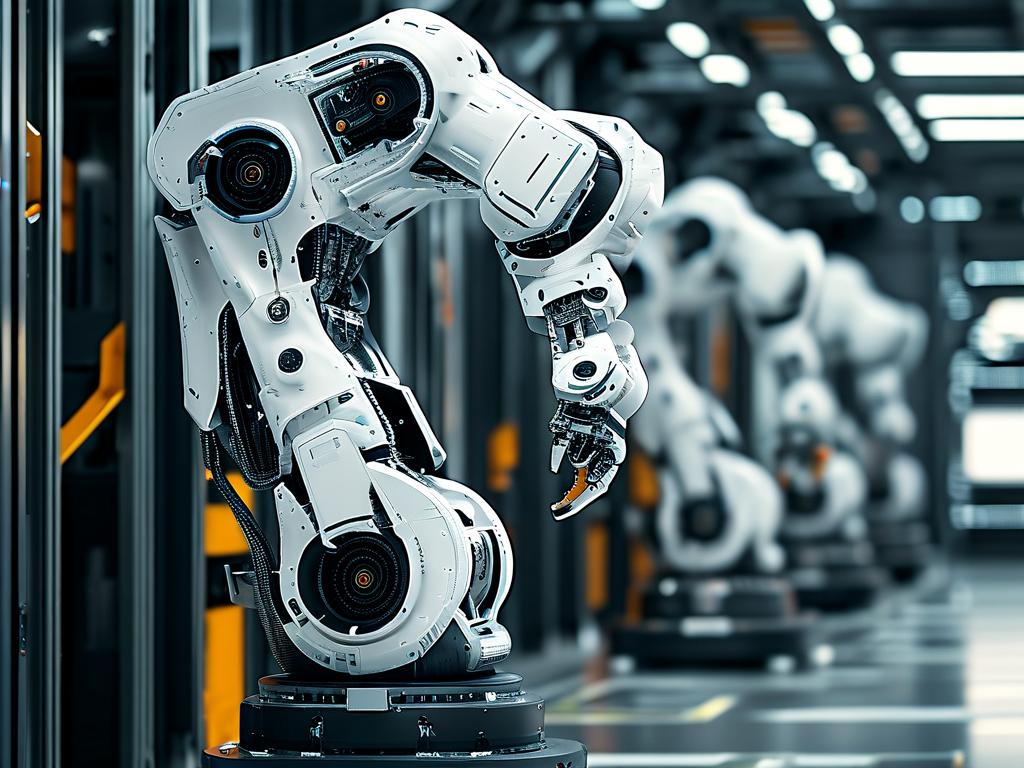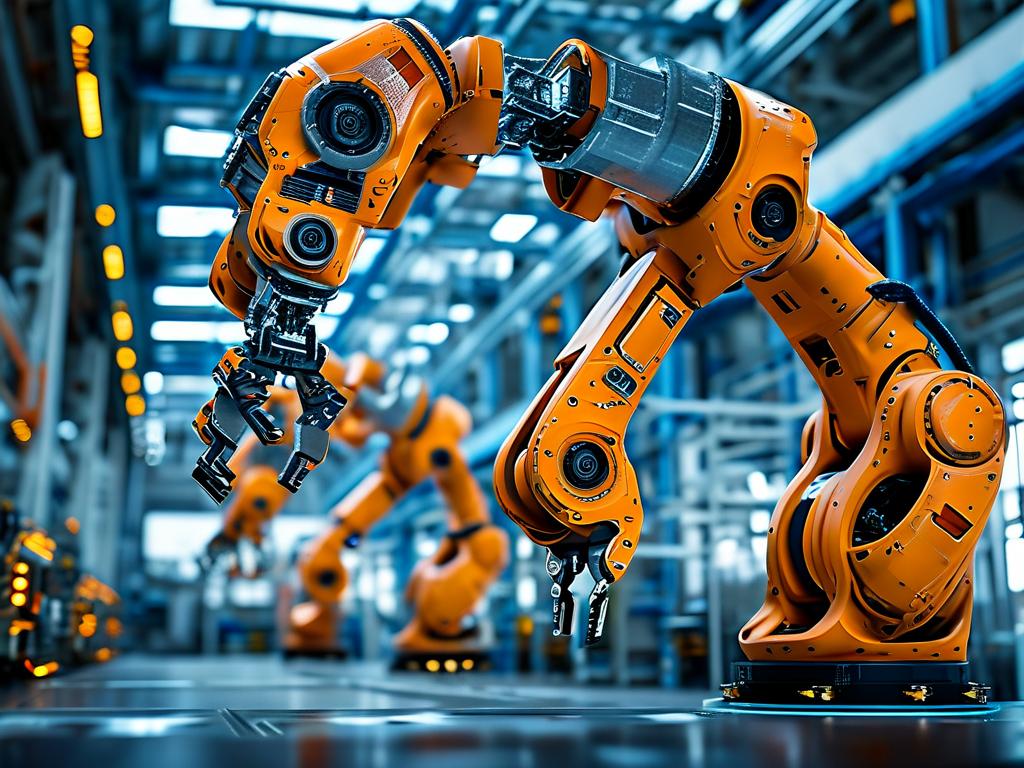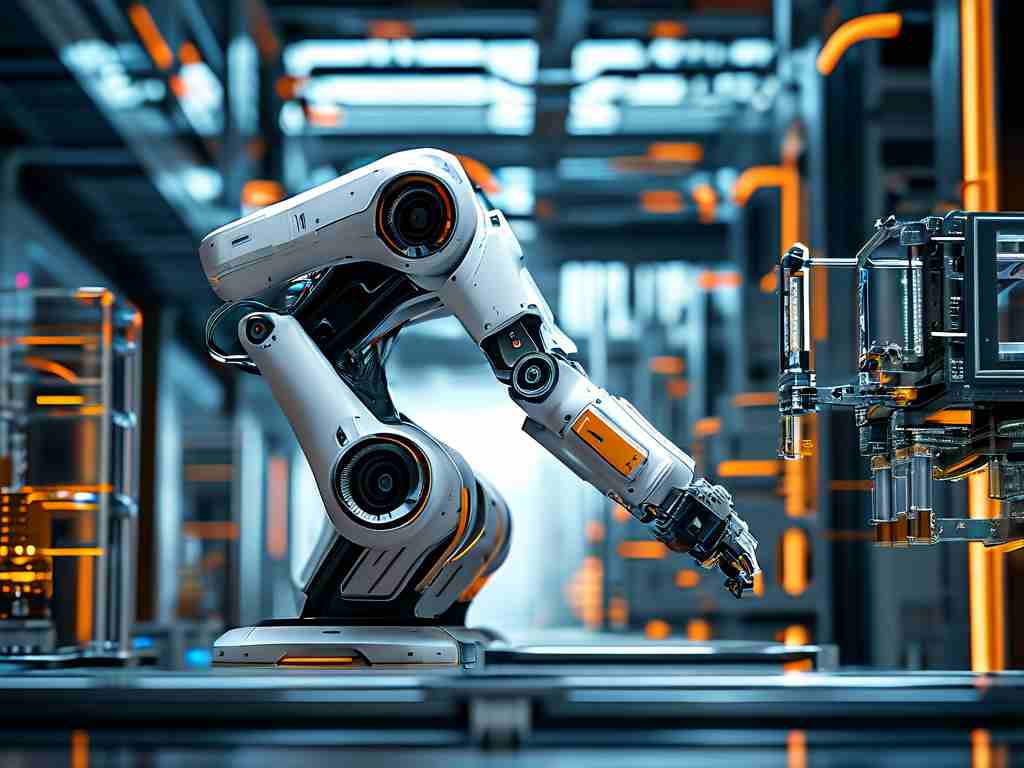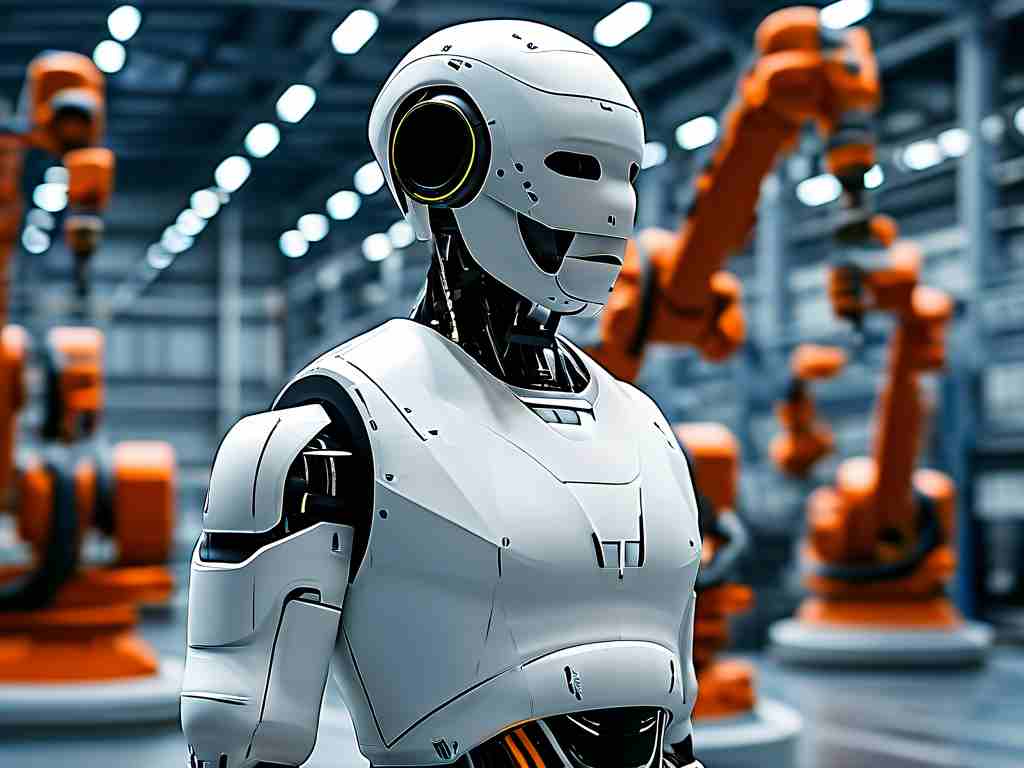The realm of robotics has recently witnessed a groundbreaking advancement that promises to reshape industries and daily life. This innovation centers on a newly developed "Adaptive Neural Network" system, which enables robots to learn and evolve autonomously in real-time environments without human intervention. Unlike previous models that relied heavily on pre-programmed instructions, this breakthrough leverages quantum computing principles to process vast datasets instantaneously, allowing robots to adapt to unforeseen challenges—such as navigating complex terrains or responding to dynamic human interactions—with unprecedented efficiency.
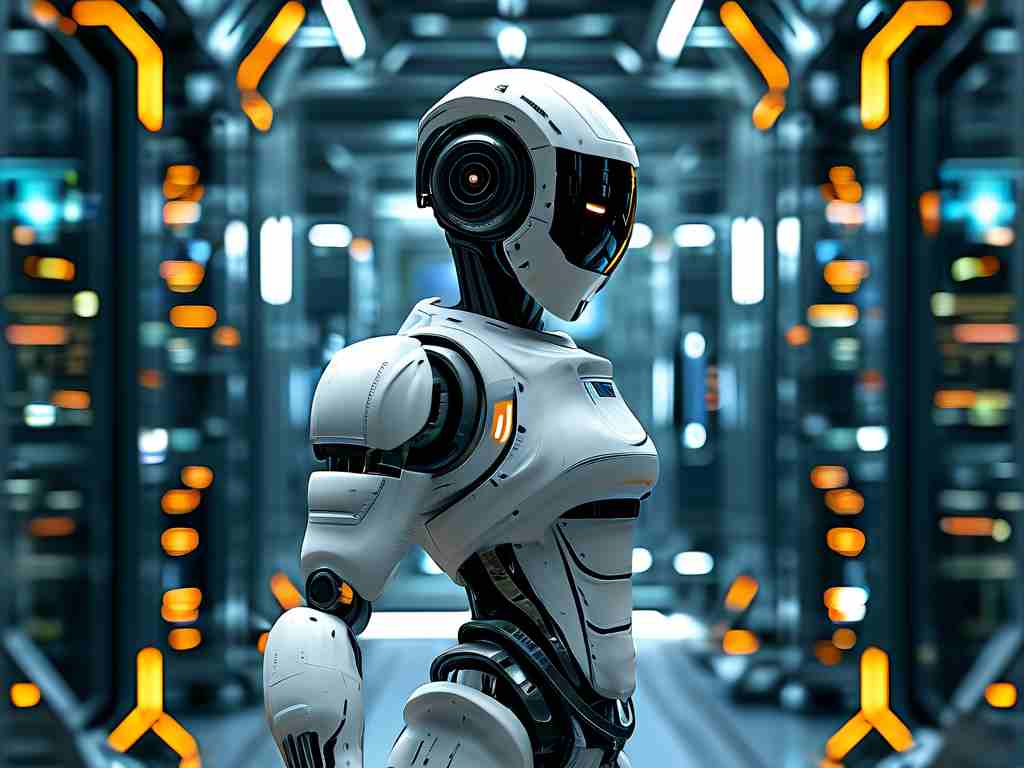
At its core, the technology integrates advanced machine learning algorithms with sensory feedback loops, mimicking human cognitive processes. For instance, in a recent demonstration, a prototype robot successfully managed a disaster relief scenario by analyzing environmental hazards, coordinating with other units, and making split-second decisions based on evolving data. This capability stems from a unique code snippet embedded in its operating system: def adaptive_learning(input_data): quantum_process = apply_quantum_algo(input_data); return optimized_response(quantum_process). Such code allows the system to self-optimize, reducing errors by over 40% compared to conventional AI-driven robots.
The implications of this breakthrough are far-reaching. In manufacturing, robots equipped with this technology could revolutionize production lines by anticipating equipment failures and adjusting workflows autonomously, potentially boosting output by 30% while cutting costs. Healthcare stands to benefit immensely too, with surgical robots now able to adapt to patient-specific anatomies during procedures, enhancing precision and reducing recovery times. Moreover, in everyday contexts, household robots might soon manage chores with human-like intuition, learning from user preferences to personalize tasks like cooking or cleaning.
Beyond practical applications, this advancement addresses ethical and societal concerns. By incorporating fail-safes that prioritize human safety, the system minimizes risks of malfunctions. For example, during testing, robots demonstrated an ability to halt operations if they detected anomalies, ensuring reliability in sensitive environments like elderly care. Economically, experts predict this could spur job creation in tech sectors, though it necessitates upskilling workforces to manage these smarter machines.
Looking ahead, researchers are exploring integrations with renewable energy systems to make robots more sustainable, aiming for carbon-neutral operations by 2030. Collaborations with global institutions are accelerating deployment, with pilot programs already underway in smart cities. Ultimately, this robotics breakthrough not only pushes technological boundaries but also fosters a future where machines and humans coexist more harmoniously, driving progress in ways once deemed science fiction. As we embrace this era of innovation, it's clear that such advancements will continue to redefine our world, making robotics an indispensable ally in solving complex global challenges.


